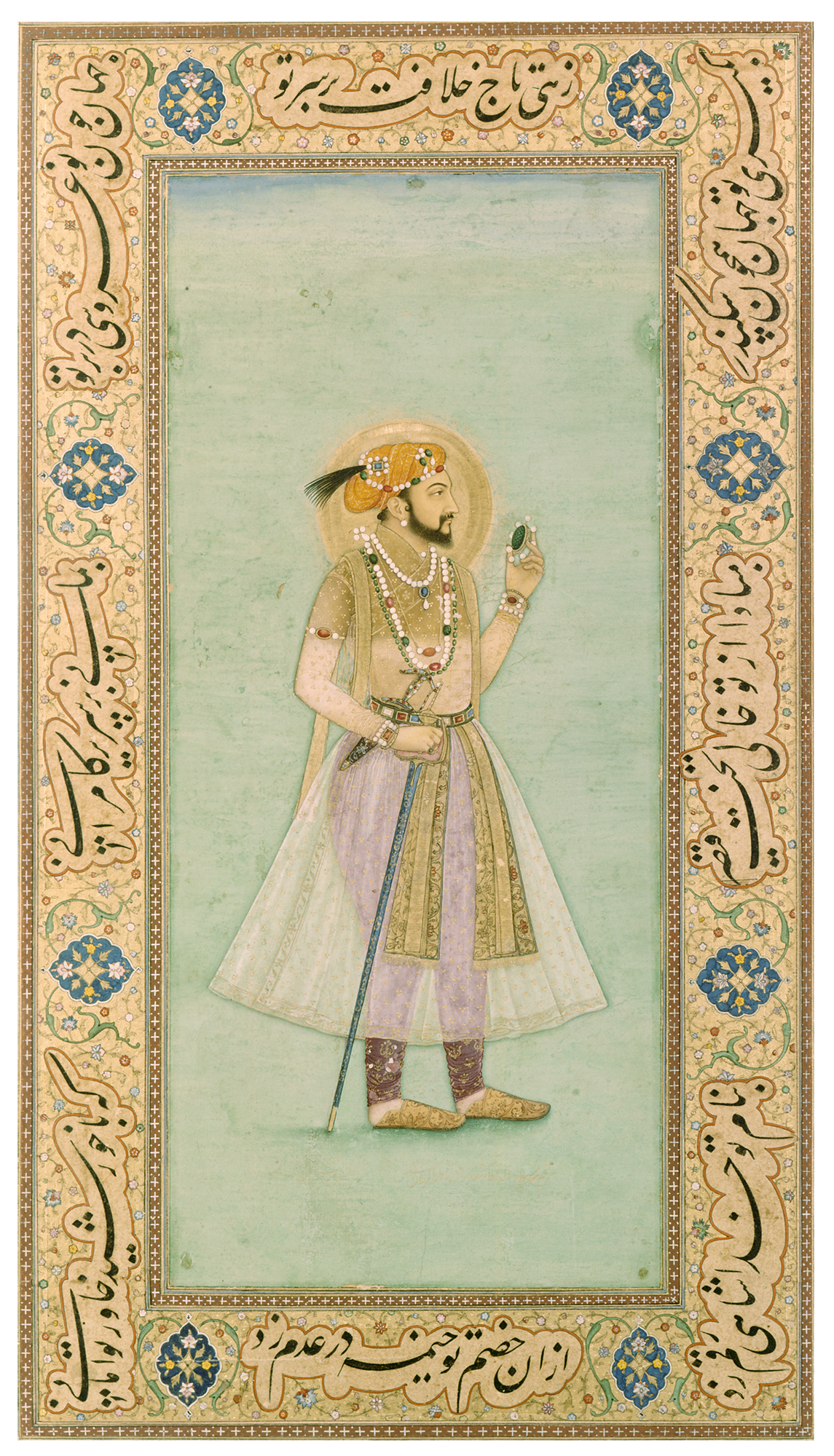The Portuguese were first to take Colombian emeralds overseas, and it was probably they who introduced some of the world’s largest and finest stones to India and Persia via Goa and Hormuz. Eastern markets were not easily penetrated, but emeralds had the benefit of appealing to Muslim rulers and high-ranking subjects in the Near East and South Asia. First, there were three rising empires, the Ottomans, Safavids and Mughals, who were all gaining tremendous wealth from conquest and tribute. Second, each of these empires was headed by a sultan, shah or emperor who revelled in the accumulation of material things as well as in commissioning devotional objects, some of them sent to Mecca (most were later returned in the wake of anti-idolatry sentiments). In the 17th and early 18th centuries, eye-popping emeralds were a perfect fit for an expanding world of court opulence, especially one fuelled by competition among the Ottomans, Safavids and Mughals. Politics was performed by means of these highly choreographed acts of reciprocity.
SHAH JAHAN
Kris Lane
Further reading
- Bycroft, M., and S. Dupré (eds.) (2019) Gems in the Early Modern World: Materials, Knowledge & Global Trade, 1450–1800 (London: Palgrave).
- Domínguez, R. (1965) Historia de las esmeraldas de Colombia (Bogotá: Gráficos Ducal).
- Forsythe, H. (2003) The Cheapside Hoard (London: Museum of London).
- Giuliani, G., M. Chaussidon, H.-J. Schubnel, D.H. Piat, C. Rollion-Bard, C. France-Lanord, D. Giard, D. de Narvaez, and B. Rondeau (2000) ‘Oxygen isotopes and emerald trade routes since antiquity’, Science, vol. 287, 631–3.
- Jaffer, A. (2017) Treasures of the Mughals and the Maharajas: The al-Thani Collection (Milan: Skira).
- Keene, M. (2001) Treasury of the World: Jewelled Arts of India in the Age of the Mughals (London: Thames & Hudson).
- Lane, K. (2010) Colour of Paradise: The Emerald in the Age of Gunpowder Empires (New Haven/ London: Yale University Press).
- Meen, V.B., and A. D. Tushingham (1968) Crown Jewels of Iran (Toronto: University of Toronto Press).
- Otero Muñoz, G., and A.M. Barriga Villalba (1948) Esmeraldas de Colombia (Bogotá: Banco de la República).
- Peretti, A., and T. Falise (2017) Magnificent Green: On the Trail of the Legendary Colombian Emerald (Hong Kong: Gem Research Swisslab).
- Schmetzer, K., G. Martayan, J. Guillermo Ortiz, and A.R. Blake (2018) ‘Rediscovery and history of the Chivor emerald mines: between legends and reality (1880–1970)’, InColor Special: Emerald, vol. 40, 58–63.
- Sinkankis, J. (1981) Emerald and Other Beryls (Radnor, PA: Chilton Book Co.).





